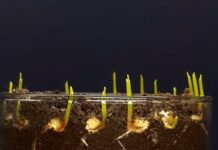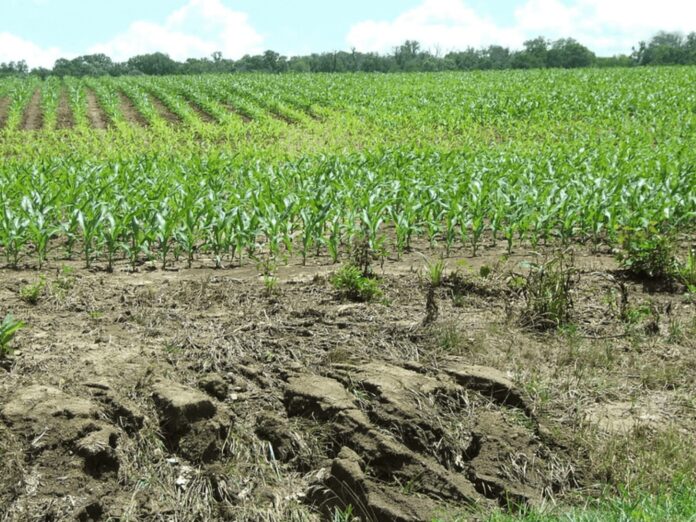
Hi farmers today, we’re here to help you with some crop information suitable for silt soil properties and slit soil characteristics. Silt soil is light and humidity-retaining soil with a high fertility level. When silt soils compromise with sand particles of the medium size they are well-drained and retain sufficient moisture. Since the particles are fine, they can be compacted simply, and are prone to washing away with rain. The silt particles could be bound into more stable clumps by adding soil organic matter. You must be aware of properties and crops suitable for silt soil if you plan to grow any commercial crop and own a silt soil.
Guide on crops suitable for Silt soil
Similar to the Saturated soil, silt soil is considered to have much smaller sand particles and is composed of rock and other mineral particles smaller than sand and larger than clay. Silt is the soil’s smooth and relatively fine quality which holds water better than sand. Silt is easily transported by moving currents and is found mostly near the river, lake, and other bodies of water. Compared with the other three soil types the silt is more fertile. Therefore it is used for improving soil fertility in agricultural practices. We’re waiting for what? Let’s get into the crop details that suit silt soil.
 Properties of Silt soil
Properties of Silt soil
Silt is a sizable granular material between sandy soils and clay soils. Silt can occur as a soil (often mixed with sandy soils or clay soils) or as suspended sediment mixed with water (also known as suspended load) and soil in a body of water like a river. It might occur as soil deposited at the bottom of a body of water, like mudflows from landslides. Silt soil has a specific area of moderation, with a typically non-sticky, plastic feel. When dry, silt soil has a flourishing sensation, and when wet, a slippery feeling. With a hand lens, silt soil can be observed visually, exhibiting a sparkly appearance. Placed on the front teeth (even when mixed with clay particles) it can be felt as granular by the tongue. They are usually quite fertile and will support a vast array of plants.
Silt soil as the talcum powder texture and can be washed away in heavy rainfall. Add organic matter to the silt to add weight and build up its capacity to hold water. In terms of particle size, the silt soils fall between clay soils and sandy soils and feel smooth, silky or soapy when rubbed between fingers. They may shape a relatively compact ball in your hand’s palm even though they can not be shaped in the same manner as clay.
If the structure of the soil is incompressible, then the two parameters can be divided into (1). This means the saturated soil coefficient of permeability is determines the effect of the void ratio, and another feature determines the quality of the water in the soil. Permeability in unsaturated soil can be determined using direct and indirect methods
Silt soil amendments
organic matter: Approximately one inch of organic matter such as manure, deeply decayed sawdust, or wood shavings are changed annually. Where appropriate, apply organic fertilizers and cover the soil with 2 to 3 inches of mulch. The compost should promote useful soil biology for safer, more hardy plants to survive. The organic fertilizer will also act as plant food; and the mulch will protect the plants against drought, erosion, and weeds. So keep the soil crumbly and easily manipulated, make sure you turn over several inches of the top layer of the soil all so often.
Impacts on Environmental
Silt soil is easily transported in water or other liquid and is fine enough to carry air in the form of dust over long distances. Thick deposits of the Silt soil material resulting from deposition are known as loess by aeolian processes. Both silt and clay soil contribute to water turbidity. Silt soil is transmitted in the ocean by streams or water currents. When silt appears in water as a pollutant the phenomenon is called siltation. In urban rivers, a major source of silt is soil disruption from construction activity.
Watering Silty soil
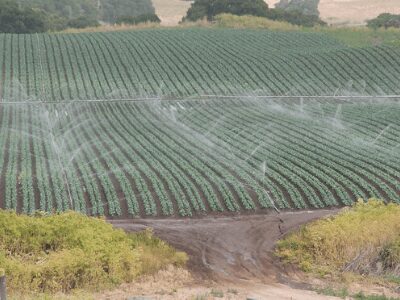
The roots are surrounded by overwatering clogs of air pockets, and lack of breathing space. Too much soil groundwater causes rotting roots which may look brown, black, white, or slimy. Because the roots are weakened, the plants can not take in the nutrients they need to survive. (Apart from that, working Silty soil can damage it while it is too wet and like clay soil can take a long time to rehabilitate.)
Overwatering is usually caused by excessive watering, but if you are not vigilant about drowning plants, you may also be watering too lightly. If plants don’t get enough water, the roots don’t burrow deep enough so they become vulnerable to the stress of drought.
The flow technique may be a wetting procedure in which the Ground water flows into a soil sample or a drying procedure in which water flows from a sample. When measuring permeability using the variable head method, it is often difficult to maintain a stress state during tests. Two parameters were often used to measure unsaturated soil permeability, including a rigid permeameter of the wall and a flexible permeameter of the wall[ 7, 16–19]. These were used for measuring unsaturated soil permeability[15, 20–22].
Also, See: The Complete Guide on Crops Suitable for Loamy Soil
Crops suitable for Silt soil
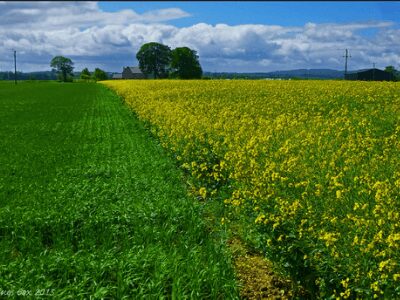
Yellow iris, Japanese iris, and Swamp milkweed are several flowers suitable for Silt soil.
Weeping willows, Bald cypress, Red twig dogwood, River birch, Red chokeberry, and American elder are trees and shrubs fit for Silt soil.
Soil Erosion, plant emergence, and water infiltration are directly influenced by aggregate stability.
Perennials
Hostas typically need shade and thrive in humid soil, making them Silty Soil options. Over 40 varieties are obtainable commonly grown for their foliage.
Hellebore is a group of perennials of flowering well suited to the moist, well-draining conditions presented by Silty soil. Their showy flowers may show up early in the spring.
Cranesbill (Geranium spp.), flowering perennials are also known as hardy geraniums, grow in well-draining moist soil, making them suitable for Silty Gardens.
Some types of roses suitable for Silty soil are;
Roses grow well in silt because on the heavy side, they prefer soil.
The rose’ Polar Ice ‘ plant (Rosa rugosa ‘ Polar Ice’) is hardy in USDA zones 2 through 9.
In cottage gardens, Hedgehog rose (Rosa rugosa var. alba), hardy in USDA zones 2 through 9, works well. It features simple flowers that are open.
Lady Banks rose, with pale-yellow flowers (Rosa banksia ‘ Lutea’), hardy in USDA zones 7 through 11.
Butterfly Bush, Japanese Barberry and Smoke Tree are also Silty Soil Shrubs
Butterfly bush (Buddleja davidii), hardy in USDA zones 5 through 9, grows well in silty, as it adapts to dry and wet conditions. This shrub is so effective in some areas that it is invasive; keep it pruned, and remove unwanted seedlings to prevent this problem.
Hardy in USDA zones 4 through 10, Japanese barberry (Berberis thunbergii) produces well in silt soils. With many cultivars to choose from, you’ve got to be able to find one that’s right for your countryside.
Smoke tree (Cotinus coggygria), hardy in USDA zones 5 through 8, with its smoke-like foliage, makes a statement in the landscape. In Silty it grows well, with good drainage.
Two forms of ferns are the ferns Male and Ostrich.
In the warm, sometimes wet conditions of Silty Soil, a number of ferns grow well.
Male fern (Dryopteris filix-mas) is a shady area 2 to 3-foot-tall plant and is hardy in USDA zones 4 to 8.
Ostrich fern (Matteuccia struthiopteris) grows 3 to 6 feet in height and prefers wet, shady areas, and is hardy in USDA zones 3 to 7.
Snowdrop, Daffodils, Crocus, and Snowflake are some varieties of bulbs.
Many flowering bulbs are suitable for Silty soil and their time of bloom varies. Snowdrop (Galanthus nivalis), is hardy in USDA zones 3 through 7, blooms in late winter or spring seasons.
Daffodils in USDA zones 4 through 8 are hardy, flowers in early spring to mid-spring.
Crocus (Crocus vernus), in USDA zones 3 through 8, is hardy, in early spring bloom.
Snowflake (Leucojum aestivum), hardy in USDA zones 4 through 8, flowering in early to mid-spring.
Cropping
Grass, cereals or fruit are mainly grown on the heavier silt soils; yield potential is very high. However, there are no limits to crop growth on the drained light silt soils. It is possible to grow a wide range of crops including wheat, potatoes, sugar beet, vining peas, bulbs, and field vegetables. River and marine silt soils are best left in permanent grass in high rainfall areas susceptible to flooding.
 Characteristics of Silt soils
Characteristics of Silt soils
- Most of the Silt soils need drainage of some sort. There has to be a pumped system in coastal areas to lower the water table and to grow arable crops.
Potentially very fertile mainly because of their great depth and the high water capacity available. - Silt soil is a sediment material between sand and clay, with an intermediate size. And carried by water, it forms a fertile deposit on the valleys floor during the flood. Silt soil particle size ranges from 0.002 mm to 0.06 mm.
- Due to its fineness, silt soil is a material of nonplastic or low plasticity.
- Silt soil is a medium particle size (in terms of size, somewhere between clay with sand), and silky texture, and is a light soil that is easy to compact.
- It has decent water retention and proper airflow
- It is relatively fertile, although some claim it does not contain nutrients and a more developed soil such as clay soil.
- It needs to be managed generally in terms of drainage, structure, and also nutrients.
- Silt soil is good for growing with the right management, a variety of different things.
- Silt soil, when wet, looks smooth and when dry, has a flour look.
- Occasionally, when squeezed between fingers and thumb, a ribbon forms; the length of the ribbon depends on the soil content of the clay.
- It has good functioning properties if the organic matter remains above 3%.
Chemical composition of Silt soils
Silt soil is an aggregate that mostly comes from feldspar and quartz, although some other minerals may also be part of its composition. The degradation by ice and water of these sources of minerals starts the process that eventually turns these broken minerals into silt soil that is no more than 0.002 inches across. All mix of silt, sand, clay, and gravel to form the soil. In comparison to clay, sand, or gravel, silt soil is also measured by the naked eye and contact by its soft, non-sticky texture when humid. Silt has a consistency resembling flour when it is dry. In semi-dry environments, silt soil is found more than anywhere else.
Harmful impacts of Silt
Siltation occurs as an effect of human activities which leads to the leaching of fine soil into nearby rivers. It leads to an unnaturally large amount of Silt soil remaining in that particular area of the river. Rainstorms can carry certain soils to other sources of water. Sensitive marine life and freshwater fish in their native waters may be threatened by the suspended silt. Benthic species that are coral, oysters, shrimps, and molds are particularly affected by silt since they are filter feeders that can be “choked up” by silt-laden waters. Accumulations of silt may affect the waterways and irrigation canals in their functions. And the other harmful effects of siltation are concerns about human health, the loss of wetlands, changes to the coastline and changes in migratory patterns of fish.

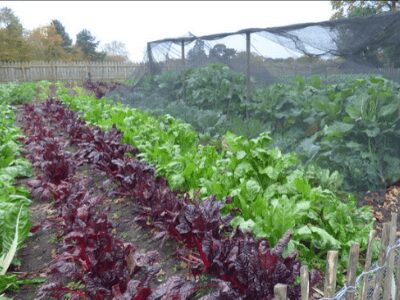 Properties of Silt soil
Properties of Silt soil Characteristics of Silt soils
Characteristics of Silt soils